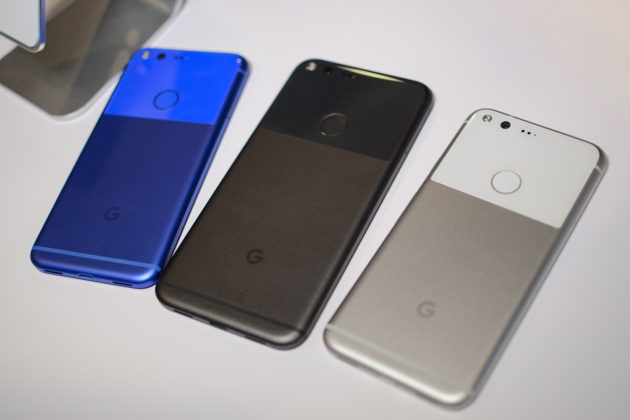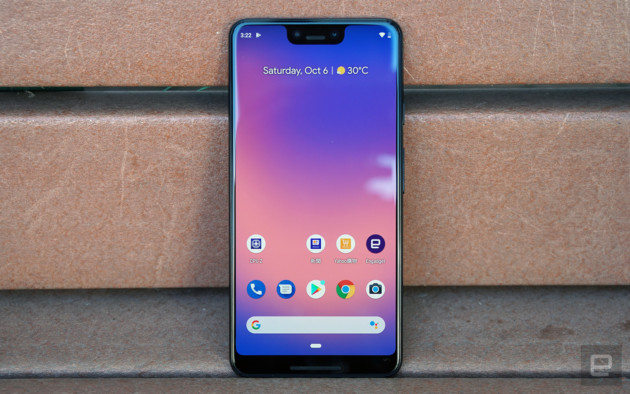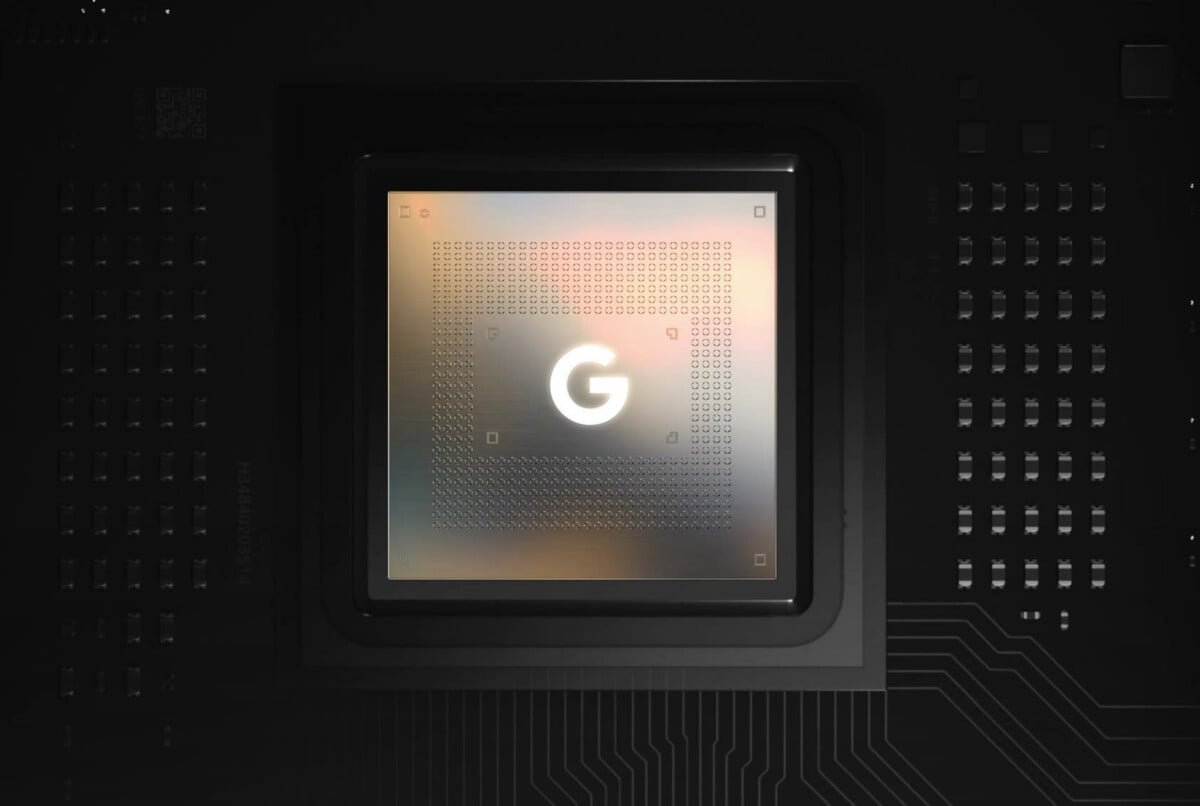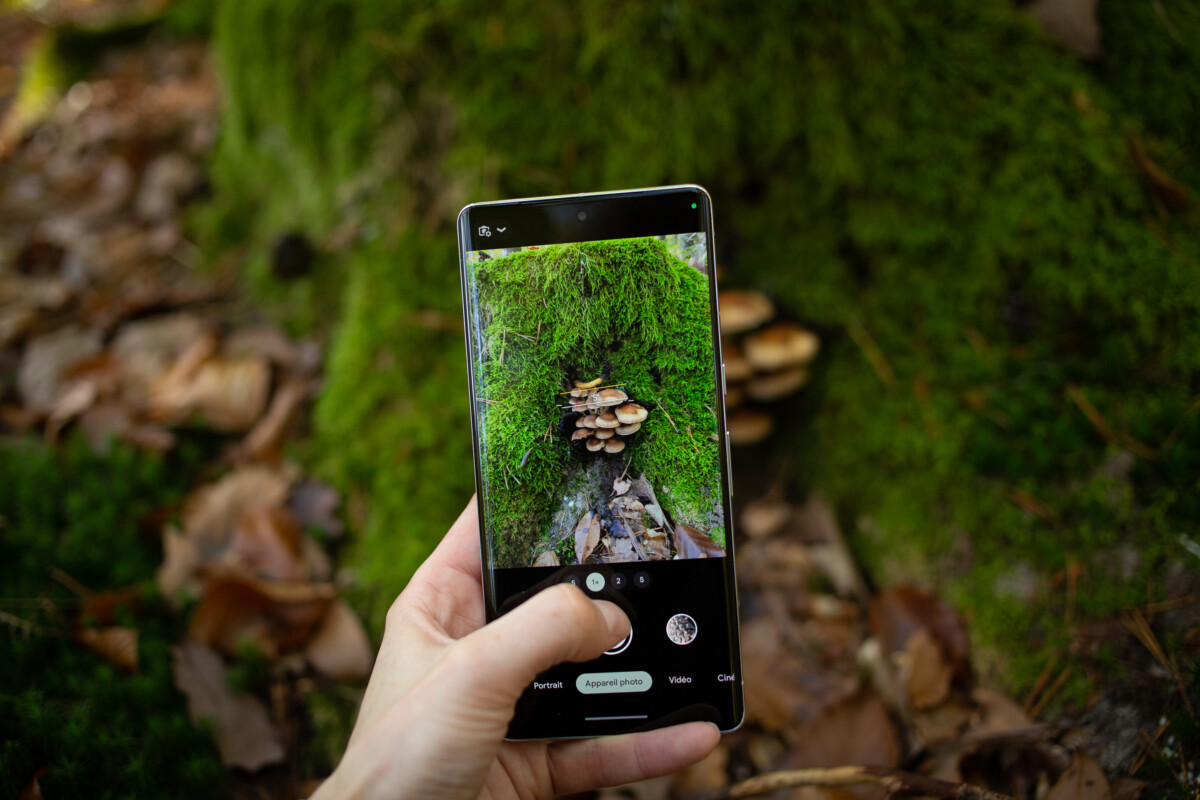Since their launch 6 years ago, Google Pixels have set the standard in smartphone photography. State-of-the-art software correction, high-performance optics, Google has been able to impose itself in a few years in a field where the competition was nevertheless very experienced. Back on the journey of these seven ranges of smartphones that have never failed to impress in the field of photography.
Since the launch of the very first Google Pixel, Google has been able to counter photographic trends on smartphones. Even more impressive, its bets have always paid off: fewer sensors, but more quality, fair and very efficient software processing, a lower price, but without real compromises. From the first Google Pixel of the name to the consecration with the Google Pixel 6 and Google Pixel 7, rediscover with us what are the highlights of the Pixel range.
The first Google Pixel: a page turns with a smartphone (almost) 100% made by Google
2016 is a turning point for the smartphone branch of Google. Finished the Nexus range, based on a version of Android designed primarily for developers. Going forward, smartphones marketed by Google will appeal to a wider audience to provide everyone with the much-loved Google experience.

The Mountain View company is thus changing its approach and refining its interface so that it continues to excite very technical profiles, but also appeals to users wishing to afford the best of Google, in a smartphone. Google then inaugurates the first Google Pixel of the name with an Android 7 Nougat version at stake and an all Android smartphone, simple, intuitive and with a resolutely modern design.
![]()
On the photography side, the manufacturer is already strong and succeeds in the feat of dethroning the direct competition, with a simple 12.3 megapixel module. The press, unanimously, then hailed “a fast device, sharp images and vibrant colors”. In addition, this first model is capable of filming in 4K and offering a stable image, all without the help of optical stabilization.
The Google Pixel 3: welcome to Google in Europe
Two years will therefore have been enough for Google to establish itself in the United States and cross the Atlantic to attack the European market. 2018 thus sees the arrival of the Pixel 3 range in France. The opportunity for Frandroid’s editorial staff to test their abilities, especially in photography.

The colorimetric accuracy is there on the Google Pixel 3

Night photography with the Google Pixel 3

A flower in macro, taken with the Google Pixel 3
With a simple 12.2 megapixel photo module, and above all a little help from computational photography, the manufacturer delivers sharp shots, accurate colorimetry and image quality which remains, still in 2022, impressive. Because the great strength of Google is undeniably its software correction. An asset that supports the equipment to ensure that your photos are perfect in all circumstances.

Google thus introduces the Night Sight mode which allows, in addition to the HDR + mode, to obtain shots rich in detail in low light situations. Finally, there is the arrival of optical stabilization on the Pixel range. A tool that will not leave Google smartphones anymore.
It is thus found on the Pixel 4, 5 and 6, all versions combined. It is also with the arrival of the Google Pixel 4 in 2019 that Google adds a second photo sensor to its rear camera. At that time Google no longer had to prove itself. With the addition of a second sensor, the Pixel 4 range once again stands out as the best in photography.
Google Pixel 6 range: the arrival with great fanfare of the Google Tensor
But if Google remains on the Pixel 4 and 5 range, it is really with the Pixel 6 range that the Mountain View giant offers a new dimension to smartphone photography. It is the first range to be equipped with a processor entirely designed by Google: the Google Tensor.

Backed by Google’s expertise, this in-house processor plays a key role in image processing. It is thanks to it, among other things, that it is possible to use tools such as the magic eraser (thanks to which you can easily remove an element that ruins your photo such as a trash can, a stone…), or to optimize brightness, contrast or even background blur settings.

A decisive advance that allows Google to offer exceptional photo quality that no competitor has so far succeeded in reproducing and which remains, in the memories, “the Google paw“. And where the Mountain View firm strikes a blow is that this leg and this photo quality are found on its three models, without exception: the Google Pixel 6, the Google Pixel 6 Pro and the Google Pixel 6a.
Google Pixel 7 range: The culmination
This year, Google established its photographic hegemony with the Google Pixel 7 family. The Google Pixel 7 Pro thus received a very good score of 8/10 and the Google Pixel 7 was awarded a 9/10.

If the Google Pixel 7 is the worthy successor to the 6 range with an impeccable camera. It adds cinematic blurring to its modes, which makes it possible to very effectively blur the background in photos and videos. A mode that is also found on the Google Pixel 7 Pro. The highest product in the range benefits from a super ×5 optical zoom and a ×30 digital zoom with impressive image quality.

The macro mode present on both smartphones also provides striking results with almost perfect focus in all situations (including with a little help from an external zoom lens).
The presence of the second generation Google Tensor on both models also ensures a software correction that stands out clearly from the crowd. The colors are even more accurate than before, the contrasts are under control, and the exposure is flawless throughout the image.

The background blur of the Google Pixel 7 Pro, worthy of a professional case

Even with the addition of an external zoom lens, the Google Pixel 7 Pro doesn’t struggle to focus up close

Even with the addition of an external zoom lens, the Google Pixel 7 Pro doesn’t struggle to focus up close
Finally, a small bonus for the most seasoned photographers: the presence of a JPEG+RAW mode present on almost all shooting modes, thus making it possible to modify the image settings even more finely. And the results are stunning since the final rendering is close to what one could obtain with a professional camera.
